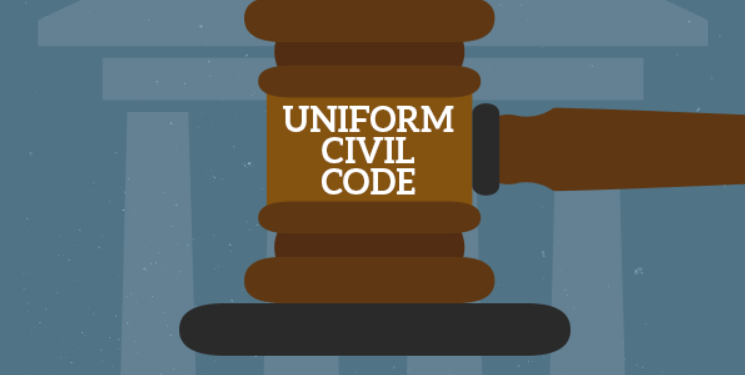Sexual Harassment at the Workplace: A Decade of the POSH Act
The Prevention of Sexual Harassment (POSH) Act, 2013, represents a landmark in India’s journey toward ensuring a safer work environment for women. Over a decade, the POSH Act has played a pivotal role in addressing workplace sexual harassment, providing a robust framework for victims to seek redressal. This article reviews the legal provisions of the POSH Act, its impact over the past ten years, and notable case law that has shaped its application. Background and Legal Framework Before the enactment of the POSH Act, India’s legal landscape regarding workplace sexual harassment was fragmented and inadequate. The need for comprehensive legislation was underscored by the Supreme Court’s judgment in Vishaka v. State of Rajasthan (1997), where the Court laid down guidelines, commonly known as the “Vishaka Guidelines,” to address sexual harassment at the workplace. These guidelines were treated as the law until the POSH Act was enacted. The POSH Act was enacted to give statutory backing to the Vishaka Guidelines and to provide a more structured and enforceable mechanism to handle complaints of sexual harassment. The Act applies to all workplaces in India, including government bodies, private sectors, NGOs, and even domestic workers. Key Provisions of the POSH Act The POSH Act defines sexual harassment broadly, encompassing not only physical harassment but also any unwelcome verbal or non-verbal conduct of a sexual nature. Key provisions of the Act include: 1. Constitution of Internal Complaints Committee (ICC): Every employer with ten or more employees is required to constitute an Internal Complaints Committee (ICC) at each office or branch. The ICC is responsible for receiving and investigating complaints of sexual harassment. 2. Redressal Mechanism: The ICC is empowered to conduct an inquiry into complaints, following principles of natural justice. The ICC must complete its inquiry within 90 days, and based on its findings, recommend action against the accused. The employer is bound to act on the ICC’s recommendations. 3. Confidentiality: The Act mandates that the identity of the complainant, the respondent, witnesses, and the details of the complaint be kept confidential. Breach of confidentiality is punishable under the Act. 4. Protection against Retaliation: The Act prohibits retaliation against the complainant and witnesses, ensuring they are not victimized for participating in the proceedings. 5. Employer’s Responsibility: Employers are required to create awareness about the Act, conduct training sessions, and display notices about the POSH policy within the workplace. Failure to comply with these requirements can lead to penalties. 6. Penalties for Non-Compliance: Non-compliance with the provisions of the Act can attract a fine of up to INR 50,000 for the first offense. Subsequent offenses can lead to higher fines and cancellation of business licenses. A Decade of POSH: Key Developments Over the past decade, the POSH Act has significantly contributed to raising awareness about sexual harassment and ensuring that complaints are handled with seriousness and sensitivity. However, challenges remain, particularly in the implementation and awareness aspects. 1. Increased Reporting and Awareness: The enactment of the POSH Act led to a marked increase in the reporting of sexual harassment cases. The #MeToo movement, which gained momentum in India in 2018, further highlighted the Act’s importance, as many women came forward with their stories of harassment, leading to several high-profile investigations. 2. Judicial Interpretation and Expansion: The judiciary has played a critical role in interpreting and expanding the scope of the POSH Act. For instance, in Medha Kotwal Lele & Ors. v. Union of India & Ors. (2013), the Supreme Court emphasized that the Vishaka Guidelines should continue to apply until employers fully complied with the POSH Act’s requirements. This judgment reinforced the necessity for institutional mechanisms to address complaints of sexual harassment effectively. 3. Addressing Employer’s Obligations: In Chhaya Sharma v. The Principal, Hindu College (2017), the Delhi High Court clarified that the failure of an employer to constitute an ICC or adhere to the provisions of the POSH Act could lead to legal action, including penalties. This case underscored the importance of employer compliance and set a precedent for holding employers accountable for lapses in implementing the POSH framework. 4. The Role of Quasi-Judicial Bodies: The role of quasi-judicial bodies like the National Commission for Women (NCW) has been vital in addressing issues related to sexual harassment at the workplace. The NCW has been instrumental in providing recommendations for strengthening the POSH Act and ensuring better implementation. 5. Sexual Harassment Beyond the Workplace: The Act’s application has also been extended in various judgments to cover instances where harassment occurs outside traditional office environments, recognizing the evolving nature of workplaces. For example, in the case of Dr. Punita K. Sinha v. Union of India (2021), the court recognized that harassment could occur in virtual spaces, thus expanding the Act’s relevance in the era of remote working. Recent Case Laws and Judicial Trends Recent case laws have further refined the understanding and enforcement of the POSH Act: Ruchika Singh Chhabra v. Air France India (2020): The Delhi High Court emphasized that the ICC must maintain impartiality and follow due process, ensuring that the rights of both the complainant and the respondent are protected. This case highlighted the procedural safeguards necessary to uphold the integrity of the inquiry process. Sushma Ojha v. State of Jharkhand (2022): The Jharkhand High Court dealt with the issue of whether a complaint could be made after a significant delay. The court held that while delay might affect the veracity of the complaint, it should not be a ground to dismiss it outright, especially in cases where the complainant faced significant personal or professional challenges in coming forward. Aparna Bhat v. The State of Madhya Pradesh (2021): The Supreme Court ruled that compromises in cases of sexual harassment should not be encouraged, as they undermine the seriousness of the offense. The judgment emphasized that such cases should be dealt with according to the law, ensuring justice is not compromised. Conclusion The POSH Act has undoubtedly marked a significant milestone in India’s legal framework for addressing workplace sexual harassment. However, the effectiveness …
Sexual Harassment at the Workplace: A Decade of the POSH Act Read More »






